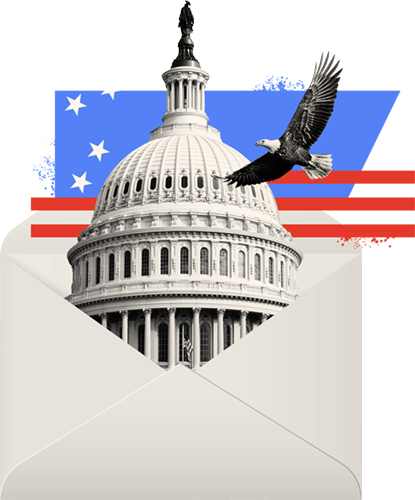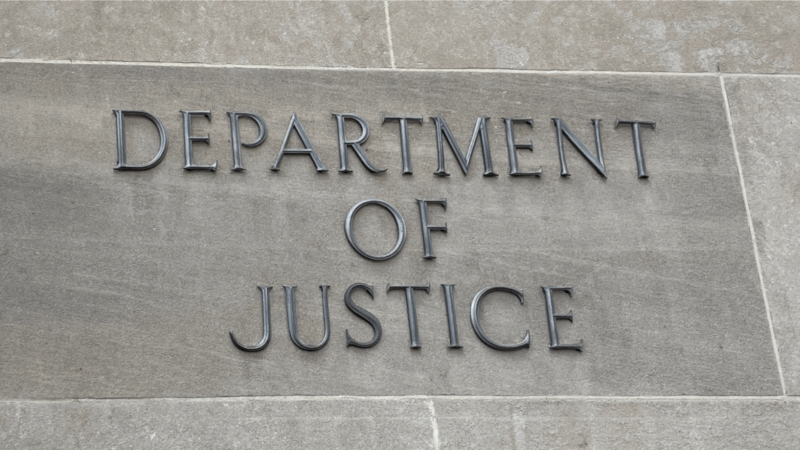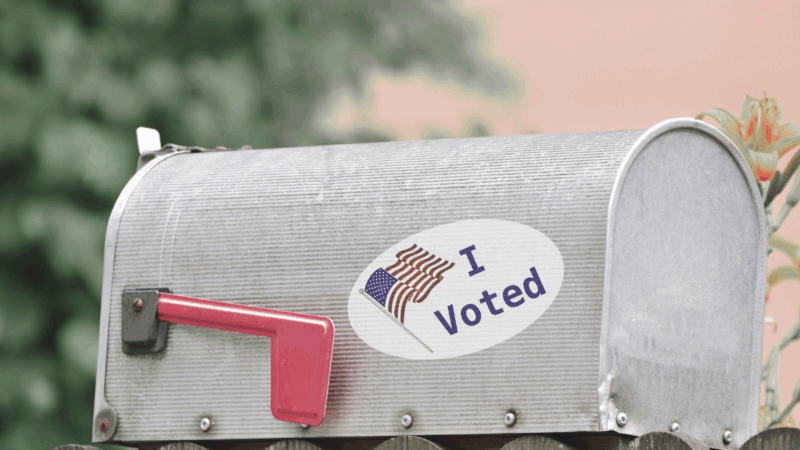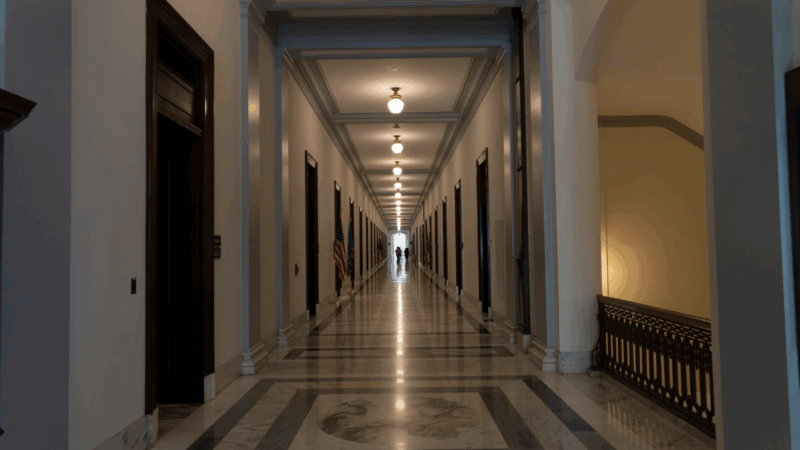Trump’s proposed sovereign wealth fund plan, explained
- May 14, 2025

President Trump wants to establish a sovereign wealth fund. A February Executive Order has directed the Secretaries of Commerce and the Treasury to develop a plan.
We don’t yet know exactly what a U.S. sovereign wealth fund would look like. But early indicators suggest reasons for skepticism. While all sovereign wealth funds carry risks, such as financial risks, those with poor governance structures and weak institutional guardrails are at increased risk of corruption. Additionally, executive control of a sovereign wealth fund can risk subverting a legislature’s constitutional spending powers.
Read more: The Trump administration’s conflict with the courts, explained Read more: The Trump administration’s conflict with the courts, explained
What is a sovereign wealth fund?
Sovereign wealth funds are state-owned investment entities that typically invest surplus revenues and other financial reserves. A number of countries have them, as do some U.S. states. Frequently, they are used to manage budget surpluses, such as extensive revenues from oil or other state-owned natural resources. They can serve a variety of purposes, such as strategic investments in certain industries or to generate savings for future economic needs.

Want more Democracy Insights?Subscribe to our weekly newsletter
Why would the U.S. establish a sovereign wealth fund?
Sovereign wealth funds are often used to manage excess revenues. By contrast, the U.S. is running large budget deficits and does not have surpluses to use for this purpose. The Trump administration may be looking to newly imposed and future tariffs as revenue sources, or they could consider the sale of public lands or issuing debt. These or other unconventional sources may come with unique political, legal, and logistical challenges, and could also conflict with other stated goals of lowering taxpayer burdens, decreasing borrowing costs, or reducing the national debt.
Sovereign wealth funds can serve a variety of distinct purposes. For instance, certain funds are used as tools to stabilize an economy in response to economic shocks, while others strategically invest in certain domestic industries. According to Trump’s executive order, a U.S. sovereign wealth fund would serve to “promote fiscal sustainability, lessen the burden of taxes on American families and small businesses, establish economic security for future generations, and promote U.S. economic and strategic leadership internationally.” That broad language suggests a specific goal has not been defined.
What risks would a U.S. sovereign wealth fund pose?
All sovereign wealth funds carry certain risks. As with any investment entity, they risk financial losses. And as with any state-managed investment entity, they risk distorting markets. These funds also carry considerable risks of corruption. As a general matter, sovereign wealth funds “usually reflect the quality of governance of the states that sponsor them,” according to researchers at the Carnegie Endowment for International Peace.
Distorted markets and financial losses
As state-managed investment entities, sovereign wealth funds present particular risks to financial markets. For example, their sizable investments can reduce opportunities for institutional and retail investors — a problem of “crowding out.” Conversely, large capital inflows can lead to artificially inflated valuations, creating speculative bubbles — a problem of “crowding in.” As with any state-directed investments, they risk generating distortionary effects.
Sovereign wealth funds also have checkered investment records. As with any investment entity, they can generate returns, but they can also generate losses. Some sovereign wealth funds have strong track records while others have posted significant losses or even been liquidated. “In general, governments do not have strong records as skilled investors,” wrote Edwin M. Truman, a former U.S. Treasury and Federal Reserve official, in one global study of them. Sovereign wealth funds are not a fool-proof mechanism to preserve or generate wealth.
Political influence can also contribute to the financial risks. For example, investment withdrawals to penalize entities – or, conversely, capital deployments to dispense favors – pose market destabilization risks.
Corruption and influencing private industry
As with private investment funds, sovereign wealth funds can purchase stakes in unlisted, private companies; operate with co-investors; pay management fees; establish relationships with intermediary brokers; and so forth. However, unlike private funds, sovereign wealth funds do not have fiduciary duties to investors and clients. Absent fiduciary duties, sovereign wealth funds must be bound by especially strong governance rules in order to avoid risks of corruption across these activities.
Sovereign wealth funds can create opportunities for self-enrichment by officials and their allies. For instance, officials can direct investments to favored industries and businesses. Experts warn that as sovereign wealth funds have proliferated, they have also become “sources of patronage and nepotism” and “founts of corruption,” especially where governance is weak. As a Congressional Research Service report documented, several congressional committees have raised concerns about SWFs due to “their possible misuse for political or other non-commercial goals.” In 2001, when the U.S. briefly ran a budget surplus, Federal Reserve Chairman Alan Greenspan cautioned lawmakers that “it would be exceptionally difficult to insulate the government’s investment decisions from political pressures.”
Additionally, large state-directed investments can also open avenues for governments to directly influence private industry. As The Wall Street Journal editorial board warns, “with ownership comes political control.” A sovereign wealth fund could “give Mr. Trump and future Presidents more leverage to bully businesses.”
A “parallel budget” for the executive branch
Experts caution that elsewhere, sovereign wealth funds have been used as a way for the executive to raise and deploy monies not authorized by lawmakers or subject to their oversight. In Turkey, for instance, a sovereign wealth fund has in effect operated as a “parallel budget” for the executive branch. The fund has issued debt to raise capital, and then deployed that capital according to the ruling party’s interests — all outside the actual budgets set by lawmakers.
Similarly, in the U.S., a sovereign wealth fund could function as a means to circumvent Congress’s power of the purse. Once established, a fund could remove a share of federal dollars from the spending control of Congress by permitting the raising and deployment of capital and reinvestment of returns outside of the appropriations process.
What to watch for next
Trump’s executive order calls for the plan to identify “any need for legislation.” It is almost certain that legislation would be required to authorize a sovereign wealth fund and to designate funding, either through appropriations or by designating some separate funding mechanism such as a dedicated stream of taxes or fees. Lawmakers should require the administration to consult with Congress and, ultimately, seek congressional approval.
Additionally, it should be incumbent upon lawmakers to legislate the purpose, structure and governing rules for any potential entity, and to establish an ongoing oversight role. Lawmakers should carefully consider whether a sovereign wealth fund is in the national interest and, if so, how to mandate best practices around a fund’s independence, transparency, and accountability.
Related Content
Join Us.
Building a stronger, more resilient democracy is possible, but we can’t do it alone. Become part of the fight today.
Donate
Sign Up for Updates Sign Up for Updates
Explore Careers Explore Careers
How to Protect Democracy How to Protect Democracy



